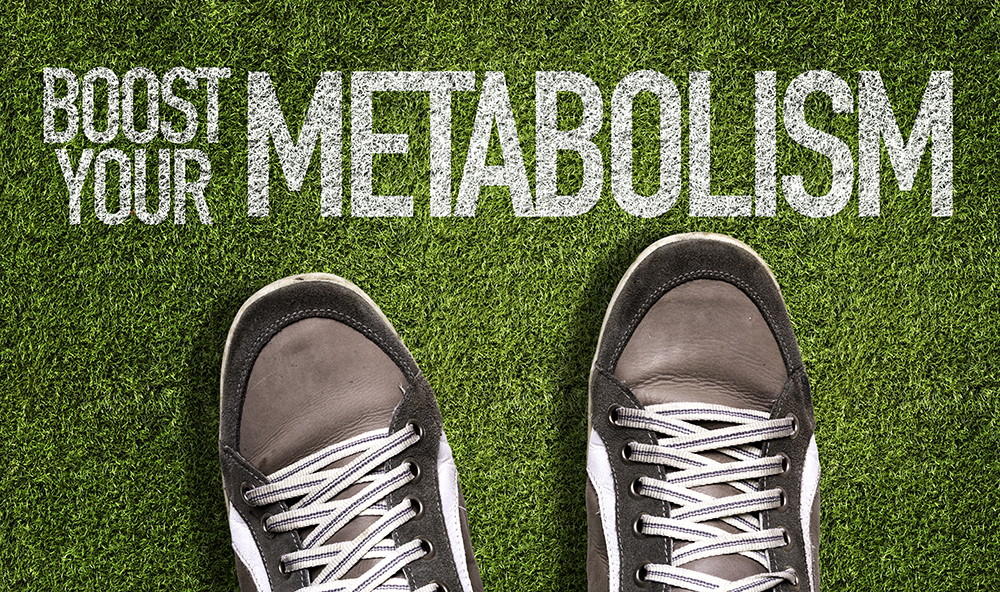There is a change in our metabolism with time.
Why does our metabolism slow down with aging?
We used to attribute the slowing of our resting metabolic rate with loss of lean body mass, muscle and bone. More recent data tell us that loss of lean body mass only accounts for about 20% of the decline in our resting metabolic rate. The majority is due to loss of internal organ mass. As we age the only organ that does not shrink in size and energy consumption is our heart. Our kidneys are smaller, our liver is smaller, our brain is smaller, and the uterus retires. Remember our resting metabolic rate is primarily determined by internal organs burning calories. This is different with activity.
What does this tell us about how to lose weight after age 40?
It tells us that we cannot rely on exercise to burn off excess calories in the form of fat. We have to control the kind and number of calories going in.
What hormone controls weather energy is stored or burned?
Insulin is the primary hormone that regulates energy partitioning in the body. When insulin levels are above a certain threshold (slightly different from person to person) you are in storage mode. Storage mode means you are generating fat in the form of calorie storage and in the form of cholesterol. When insulin is below a certain threshold, you are able to pull calories from storage and you shift to good cholesterol in that process. HDL pulls fat out of storage.
What controls insulin release?
Protein, sugar and starch all stimulate insulin release. You need insulin to process amino acids and sugars. Insulin is a growth hormone. Amino acids + Insulin = structural and function protein production (bone, muscle, enzymes, DNA). Sugar and Starch + Insulin = FAT production.
So which equation do you want to follow? CUT the sugar and starch and insulin levels fall below Storage Threshold allowing you to pull calories out of storage. Remember after 40 you can’t just cut back. With every year after 40 you must cut more sugar and starch from your diet to keep the calories from accumulating because of the falling RMR.
What is insulin Resistance?
Around 45-50 yo the levels of estrogen, progesterone, testosterone, and human growth hormone begin to fall precipitously. The loss of these anabolic steroids reduces the effectiveness of insulin in tissues. In response your pancreas makes more insulin with every stimulus to overcome this resistance. If you can’t hear me I will speak louder!
More insulin means more storage of energy in the form of fat and cholesterol. We know how to reduce insulin production (CUT the sugar and starch), but how do we increase the sensitivity of our tissues to insulin’s signal?
EXERCISE. The primary mechanism to improved insulin sensitivity is frequent short bouts of exercise or aerobic exercise. We know this today as HIIT or High Intensity Interval Training. In short we should NOT be eating small frequent meals. We should be exercising in short frequent bouts. Traditional aerobic exercise has additional benefits of dramatically increasing neural networking.
Eating is not exercise. It does not boost your metabolism in excess of the calories consumed. It is not possible.
